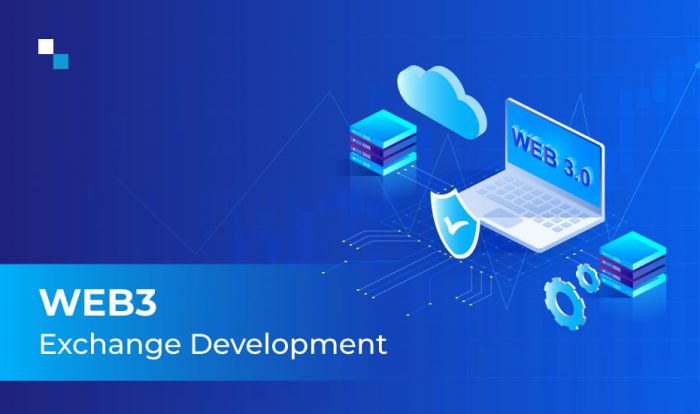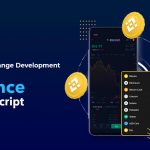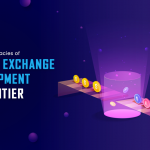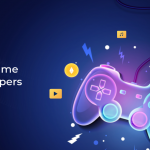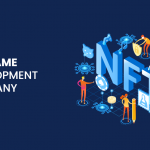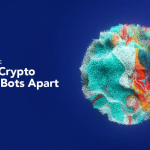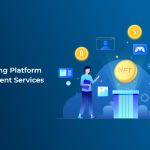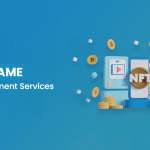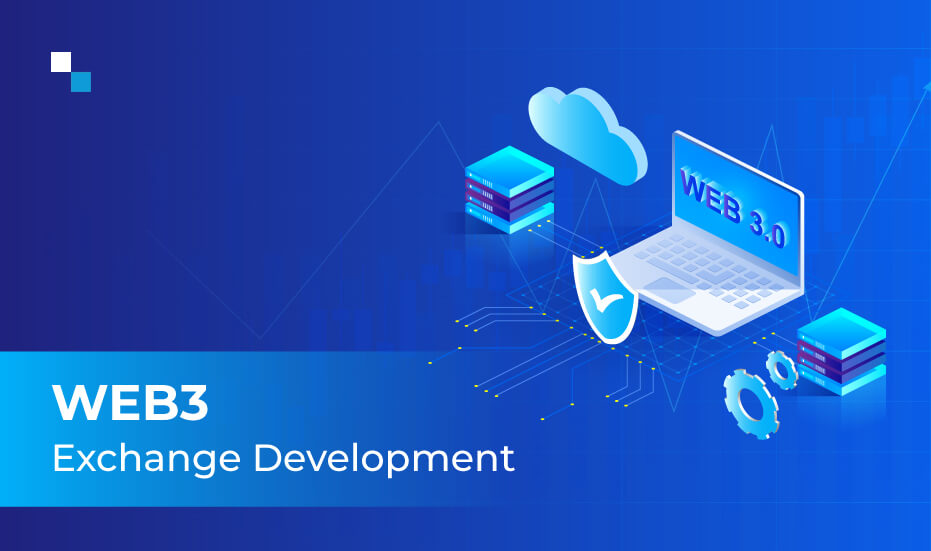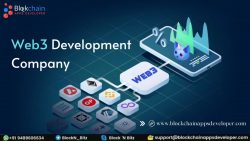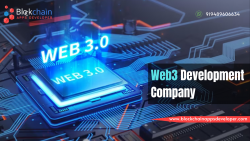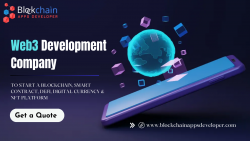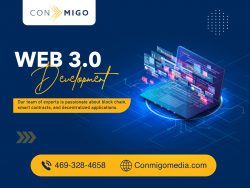Exploring the World of Web 3.0 Development: A Comprehensive Guide
Introduction:
The digital age’s lexicon leaves users bewildered due to blurred meanings. The common misuse of “Internet” and “Web” interchangeably is the biggest example. They are two distinct terms, born at different times.
Over time, we have witnessed a remarkable evolution from the early iterations of the text-based, complex-to-navigate Internet, which facilitated limited user engagement. In contrast, the modern-day Web has raised the bar for interactivity, personalization, and decentralization. As we find ourselves in a transitional period, we are entering the era of Web 3.0 development, where data will flow seamlessly across decentralized platforms with distributed ownership and control.
For entrepreneurs dipping their toes into Web 3.0, understanding the potential changes from Web 2.0 to Web 3.0 becomes essential. Thus, let us delve into exploring the origins, core features, business benefits, and top trends of Web 3.0, which are emerging in the year 2023. Whether you are a tech enthusiast or an entrepreneur, this guide aims to equip you with the necessary knowledge to navigate the realm of Web3 development.
Web 2.0 Vs Web 3.0: Overview and Basic Difference
The evolution of the internet began with static pages that utilized frames and tables to position elements on webpages, pushing sets of information to users. Gradually, this medium underwent a transformative process, culminating in the current incarnation known as Web 2.0.
Web 2.0 prompted a paradigm shift in internet usage, introducing novel forms of interactivity, social connectivity, and user-generated content. Dynamic web applications superseded the monotonous pages of Web 1.0, while innovative web-centric business models emerged as an existential threat to businesses operating in parallel and allied industries.
During the Web 2.0 era, certain dominant companies experienced remarkable revenue growth, including Airbnb, Meta (formerly Facebook), Instagram, TikTok, Twitter, Uber, WhatsApp, Youtube, Google, Amazon, Netflix, and Apple, among others. These enterprises capitalized on the newfound interactivity and social elements to achieve phenomenal success.
People’s interest in Web3 development picked up steam as blockchain and security gained more prominence. As a relatively new concept, Web3’s definition remains somewhat ambiguous due to its ongoing emergence. Besides, there have been debates regarding its origin and spelling.
Web 3.0 development promises a more decentralized, user-centric version of the internet, empowering users to interact directly with applications and services. The hottest generation of the web forms a network of interconnected and sophisticated applications and services that run atop a decentralized infrastructure.
To achieve its goals, Web3 development strategically incorporates cutting-edge technologies such as artificial intelligence (AI), distributed ledger technology (DLT), and various state-of-the-art tools. The ultimate aim is to offer a secure, transparent, and reliable data-driven user interface where users have more control over their own data.
Given that Web 3.0 development retains many features of its predecessor, it becomes crucial for forward-thinking businesses to comprehend the distinctions between the two generations. Let us now delve into exploring the key differences between Web 2.0 and the emerging Web 3.0.
